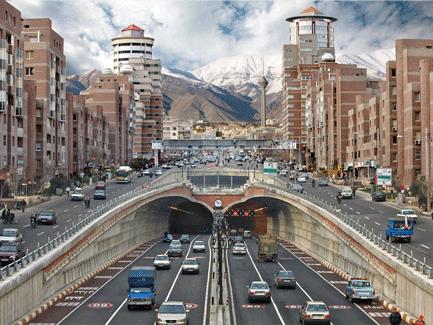It is the largest exporter of automobiles in China and has been targeted by international automobile giants.
A country once called one of the "axes of evil" by former US President George W. Bush has become the most attractive cake in the global market this year.
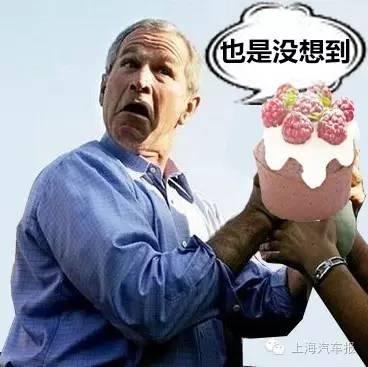
Iran, a country with a population of 80 million, has been sanctioned four times by the United Nations for nuclear issues since 2003. Not only has its economic situation been in free fall, but even daily necessities such as food and medicine have been in short supply: the prices of the most basic foods such as milk and vegetable oil were once ridiculously high, and many commodities can only be bought on the black market.
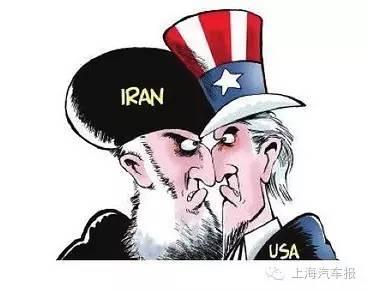
On January 16 this year, the United States and European Union countries lifted sanctions against Iran after Iran fully fulfilled its commitments under the nuclear issue agreement. Iranian President hassan rouhani then celebrated the lifting of economic sanctions on Twitter: "Iranians have extended friendly hands to the world, leaving hostility, suspicion and conspiracy behind, and Iran’s relations with the world have opened a new chapter."
The hungriest market in the world
The Iranian market that has turned a new chapter can be described as "hunger and thirst", especially the energy industries such as oil, natural gas and solar energy, as well as the manufacturing industries such as automobiles, railways and aviation. After more than ten years of "isolation", these industries need to be upgraded urgently.
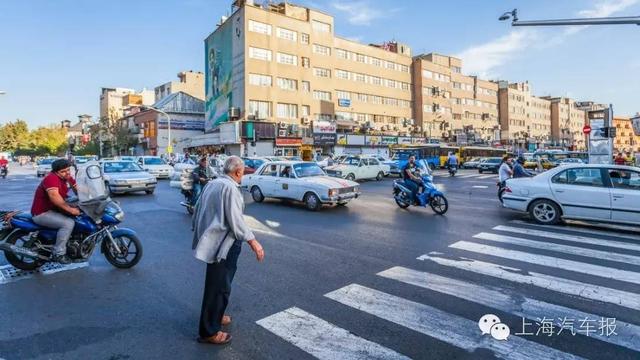
The Economist pointed out that the reopening of the Iranian market is an explosive news for international automobile manufacturers. At this moment, the American market is close to the peak; The short-term rebound in the European market is also coming to an end; Emerging markets such as Brazil are plummeting … Iran’s auto market is particularly attractive when the growth possibility of the global auto market is uncertain.

Before the sanctions, Iran was the leading automobile producer in the Middle East, and ranked 16th in the world in 2006. Nearly 10% of its employed population directly or indirectly served the automobile industry. Automobile is the second largest industry in the country after oil.
With the lifting of sanctions, Iran’s original trading partners have returned to the market, and the Iranian auto market has gradually stabilized from violent fluctuations. Iran’s reached 1.65 million in 2011; Affected by sanctions, it fell to 740,000 vehicles in 2013 and recovered to 1.09 million vehicles in 2014. In 2015, Iran basically returned to the level of five years ago, reaching 1.557 million vehicles.
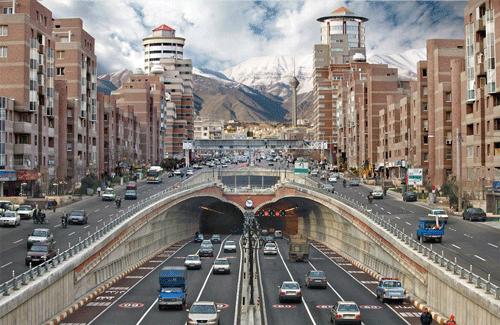
Last year, when the six-party talks on Iran’s nuclear issue were slightly fruitful, the Group immediately returned to Iran, and successively signed cooperation agreements with Iran’s largest automobile manufacturer (Khodro) and the second largest automobile manufacturer (PA) to set up a new joint venture factory. In order to show enough sincerity, the group also forgave Iran’s debt of 427 million euros.
The Iranian government is also eager to help itself return to the international market with the help of foreign capital. According to the Iranian government, foreign-funded enterprises that set up factories locally and export 30% of their products will enjoy relaxed taxes and other preferential policies. It has been announced that it will export 30% of its cars produced in Iran to other countries in the Middle East to make full use of the preferential treatment provided by the Iranian government. Iran, which is located in the center of the Middle East, has great potential to become a trade hub in the region.
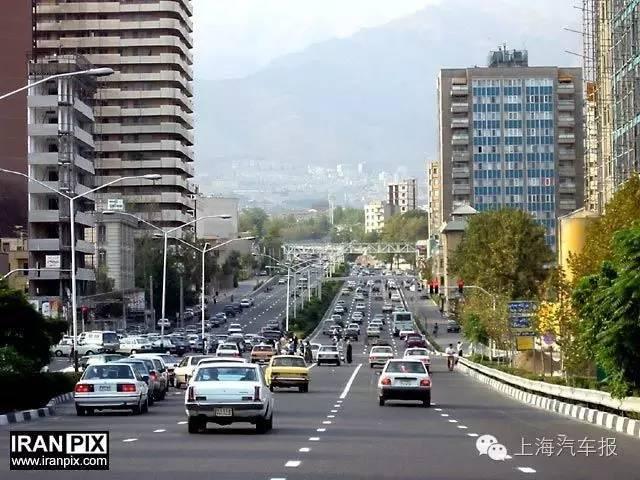
Such a development prospect has made Iran, which has been freed from the shackles of sanctions, a beacon overnight. Not only French automakers, Daimler AG, which gave up its 30% stake in Iranian Diesel Engine Company in 2010, also announced that it would restart its sales and manufacturing business in Iran. Automobile manufacturers, such as,, and, which have no production lines in Iran, have also begun to look for partners in Iran.
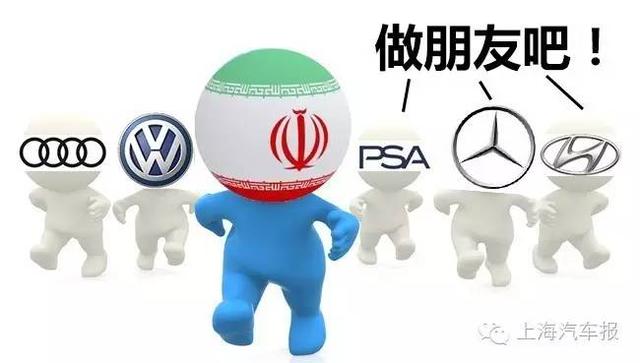
China speed in Teheran.
It is not only debt relief, but also the first time to return to Iran to invest and build factories. The ambition for the Iranian market is very obvious. French automakers once dominated the market in Iran, and in 2011, they gained a third of the Iranian auto market.
But it is not so easy for it to get these shares back now, because the Iranian people are a little reluctant to buy it. The Iranian government is dissatisfied with France’s tough stance in the nuclear agreement negotiations, and it is also worried about the rapid withdrawal from the Iranian market after the alliance with Iran in 2012. Under the round of sanctions in 2012, China chose to leave the country one after another, which gave an excellent opportunity to its automobile manufacturers.

Since then, China auto companies have become the stars of the Iranian auto market and quickly gained a foothold. China-made cars are popular in Iran. According to the survey data of automobile consulting company IHS, in 2011, China automobile accounted for only 1% of the Iranian automobile market; By 2015, this number has soared to 9%. Among them, it is one of the first China car companies to enter Iran. Nearly 10 China car companies have successively launched 30 models in Iran, with different price ranges.
According to experts, the current Iranian sedan market has almost been dominated by China cars, which locals call "Teheran China Speed". With the lifting of sanctions, China will import more cars into Iran, and now Iran has become the largest automobile exporter in China.
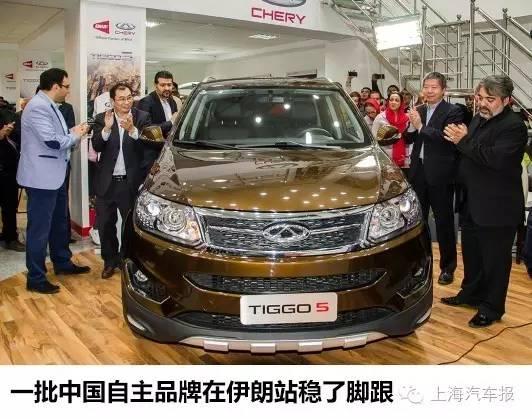
Professor Ezadi from the School of Mechanical Engineering, Teheran Tus University of Technology believes that today’s Iranian consumers are paying more and more attention to the diversity of goods, and the beautiful appearance and rich configuration of China cars just cater to consumers’ preferences. For a long time in the past, Iran’s local automobile products were basically not diversified. Until today, manufacturers are still producing old Pride and models repeatedly. Consumers have long been tired of these unchanging cars, and the beautiful and cost-effective China car just meets this demand.
China car companies that have been deeply involved in the Iranian market and French car companies that once dominated the Iranian market will fight a "tough battle" to grab this cake in Iran. This makes Americans a little anxious. Forbes pointed out that Iranians like the price of China cars and rely on their friendship with China. Expect and wait for French car companies to return to the Iranian market and start joint ventures again; Appreciate and need the technology of German car companies. There is basically nothing about American automakers. If American automakers don’t act, all that awaits them is cake crumbs.

What kind of cars do Iranians like?
It is not entirely impossible for American automakers to please Iranian consumers. It may be a breakthrough. In the past few years, even if the purchase needs to pay a tariff as high as 90%, it can’t stop the rich Iranians from loving them. Even during the peak period of sanctions from 2011 to 2012, Iran still imported 563 vehicles with a total value of nearly US$ 00,000. Due to the 90% tariff, the total price of these products is $100 million, which is still snapped up by the wealthy Iranians.
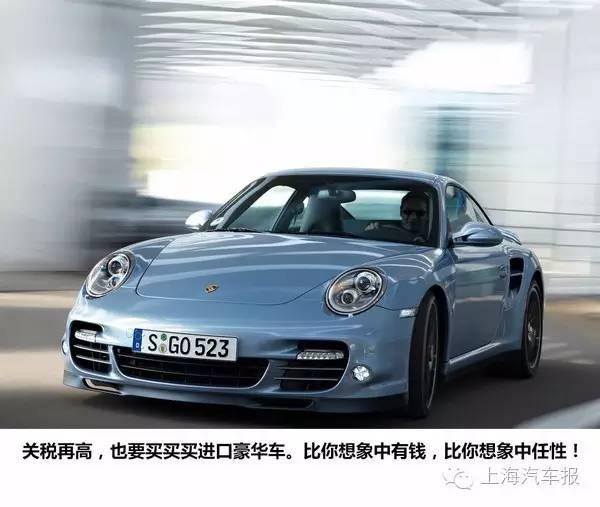
Although there are many local automobile manufacturers in Iran, in the eyes of Iranian consumers, imported goods have been equated with high-quality goods. Is the best car. It is a hot commodity in the automobile consumption market, and about 47% of the respondents said they would choose to buy it. In order to promote consumption, the Iranian government has also begun to gradually reduce tariffs. Analysts predict that it has great development potential in Iran. It is estimated that by, the sales volume will reach an average annual growth rate of 66%, while the sales growth rate of other vehicles can only reach 16%.
For ordinary Iranian consumers who can’t afford it, they prefer comfortable mid-level cars, and long cars are the most popular. At present, Iran has 147 cars per 1,000 people. Comparatively speaking, the figures in Britain and the United States are 519 and 809 respectively. The potential of Iran’s automobile market is self-evident. If the Iranian people have started to draw up shopping lists after the lifting of international sanctions at the end of January, the car is definitely the first commodity they want to buy.
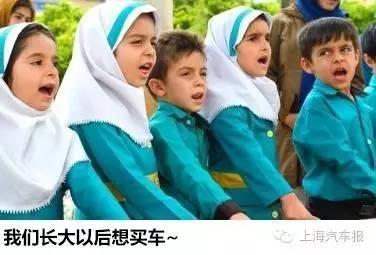
Foreign automakers who have done some homework on the Iranian market will choose to introduce younger models to the Iranian market. Because Iran’s population structure is very characteristic, its total population is basically the same as that of Germany, but nearly 70% of the population is under 30 years old and has received higher education, especially in the fields of science, engineering and technology. The number of young people in Iran will reach its peak in 2040, and this demographic structure has also laid the foundation for the rapid growth of automobile consumption.
Oil country cart?
Although Iran is the seventh largest oil producer in the world, its refining capacity is limited and it even needs to import gasoline. The backward oil refining method makes the air pollution extremely serious, and the toxic components in the air far exceed the standard, so it is often necessary to stop work and study in winter. Avaz, a major Iranian oil industry town, is among the most polluted cities in the Middle East, and Teheran is among them. In order to control pollution, downtown Tehran stipulates that only taxis and buses can pass during the day.
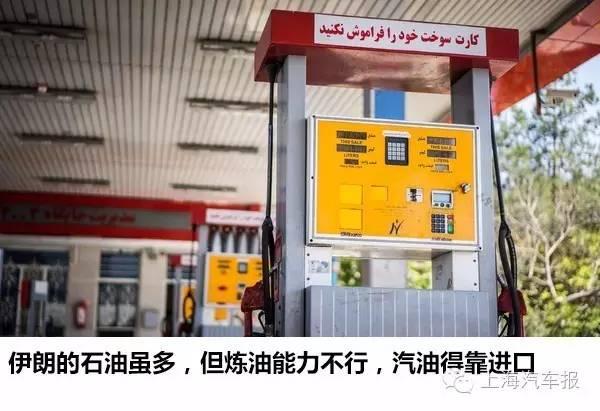
In order to reduce pollution, the Iranian government has set up an electric vehicle policy-making headquarters to encourage people to use natural gas mixed or pure electric vehicles. At the same time, it also reduced the import tariff of automobiles. In the case that the import tariff of traditional power vehicles is as high as 90%, the import tariff of automobiles is only 4%. Strong support made Iran’s hybrid car sales increase by 112% in 2014.
Some related companies have seen the business opportunities. South Korea’s LG is in contact with Iran’s largest automobile manufacturer, hoping to provide power batteries and supporting charging facilities for its electric vehicles. The car company plans to complete 60,000 electric cars by 2008.
In 2014, Iran’s Fuel Protection Committee (IF) announced that, as part of a project supported by Iran’s Ministry of Oil, IF planned to drive 400,000 electric motorcycles, 120,000 hybrid taxis and 20,000 compressed natural gas taxis onto the streets of Tehran, and finally let the fuel trucks disappear on the streets of Tehran.
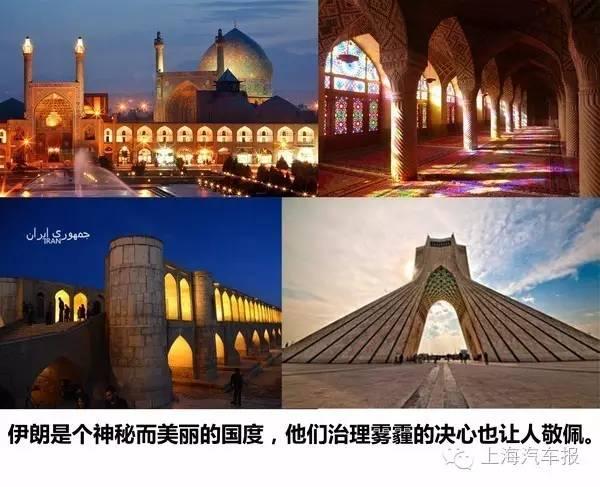
Although this project is not the fastest, Iran’s attitude towards environmental pollution has won a lot of praise. American media commented: "Ironically, sometimes a country’s culture looks conservative, but its energy policy is very free. Apart from the United Arab Emirates, few Middle Eastern countries are willing to do something to deal with climate change."
